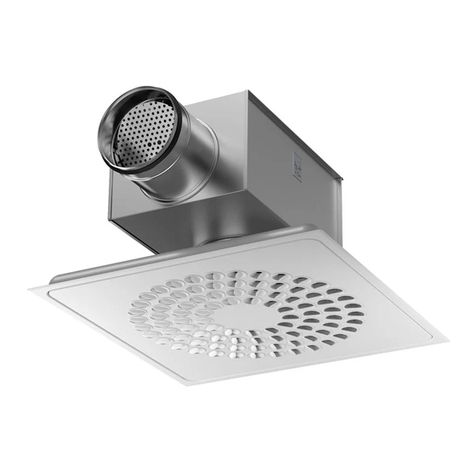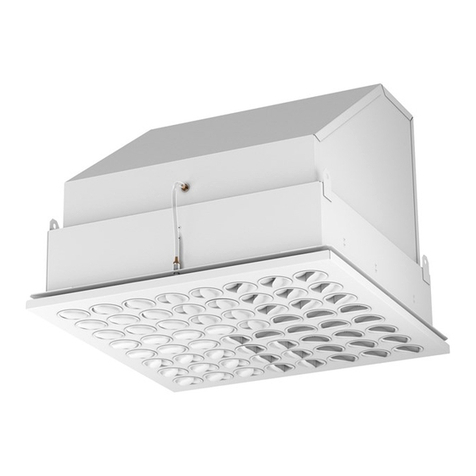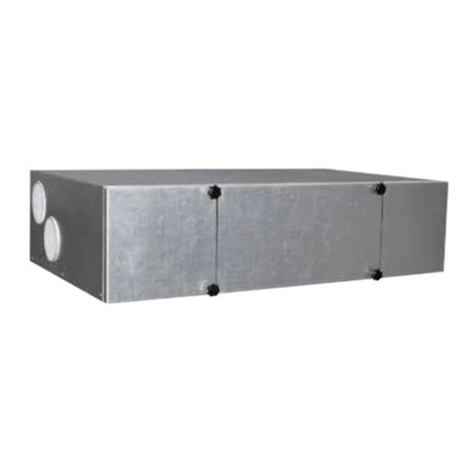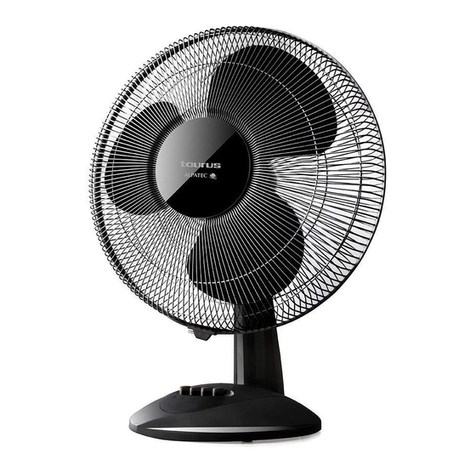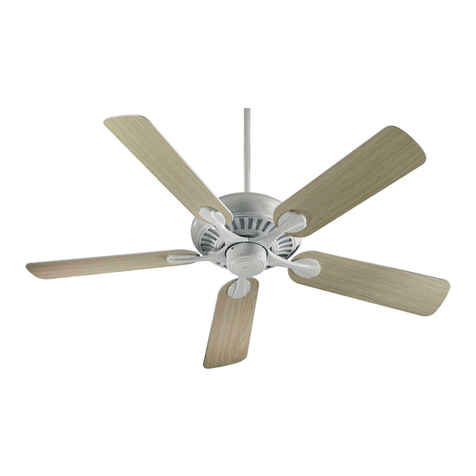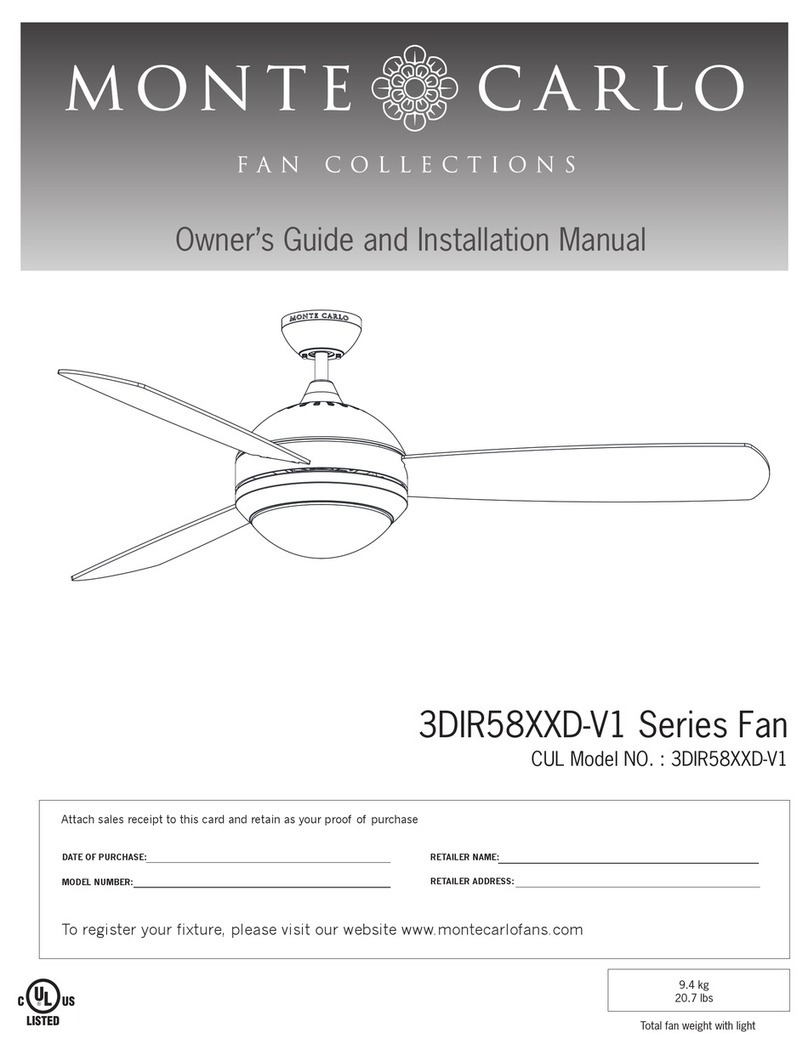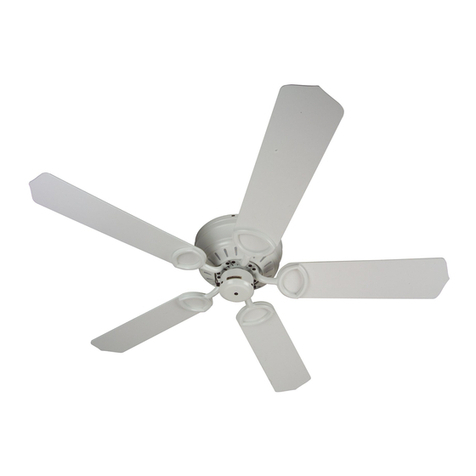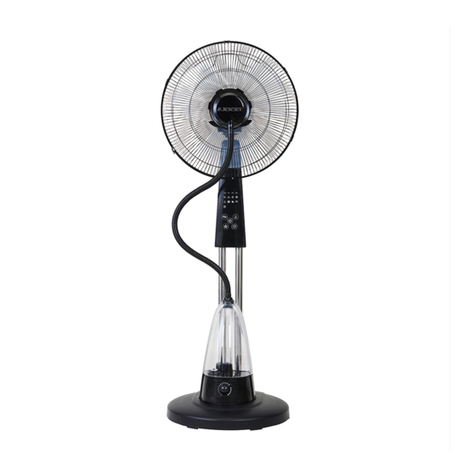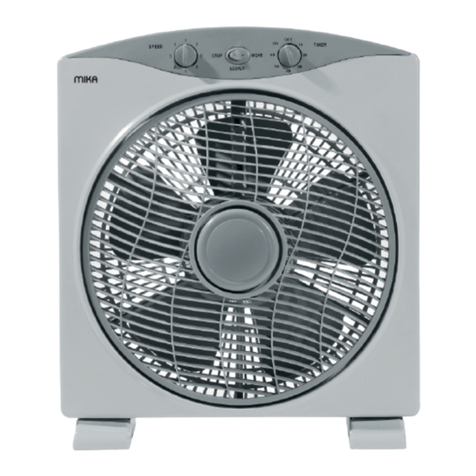Swegon PARASOL Zenith 1200 User manual
Other Swegon Fan manuals
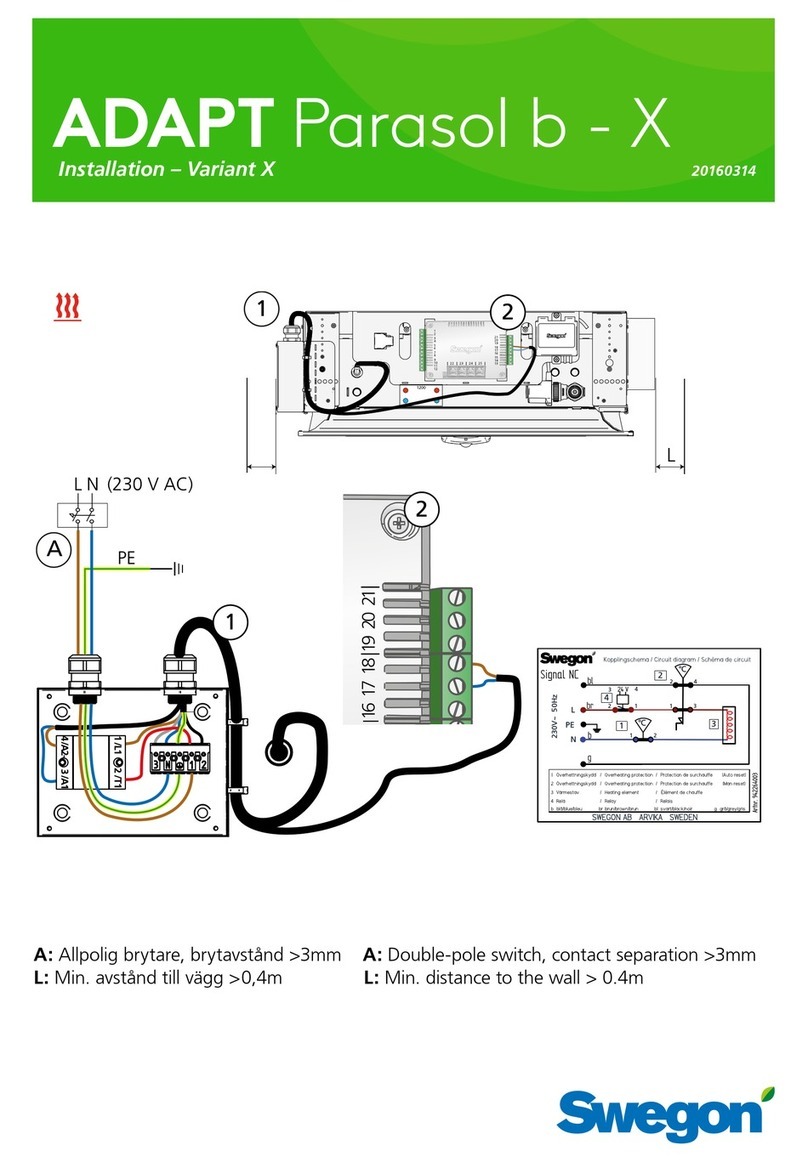
Swegon
Swegon ADAPT Parasol b-X User manual
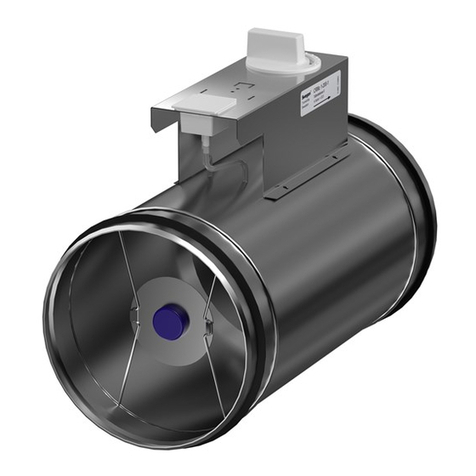
Swegon
Swegon CRM Series Guide
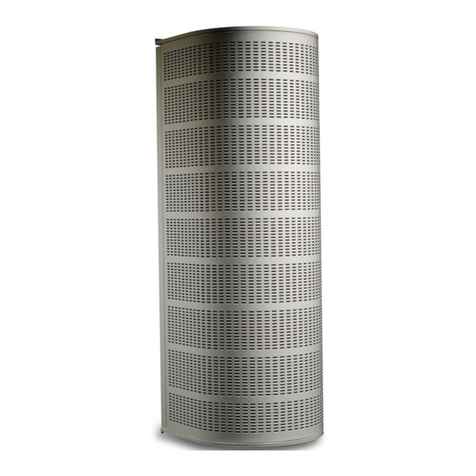
Swegon
Swegon DHCe User manual

Swegon
Swegon GOLD LP Troubleshooting guide

Swegon
Swegon Adapt Sphere d User manual
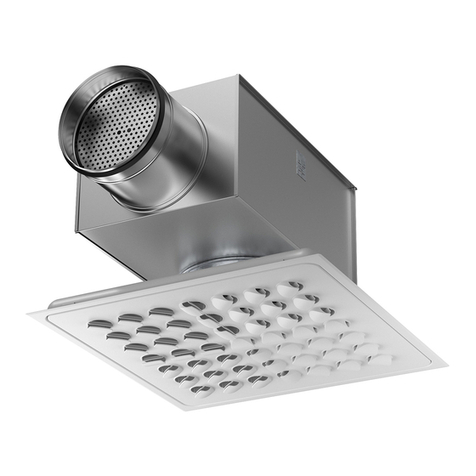
Swegon
Swegon EAGLE Ceiling User manual
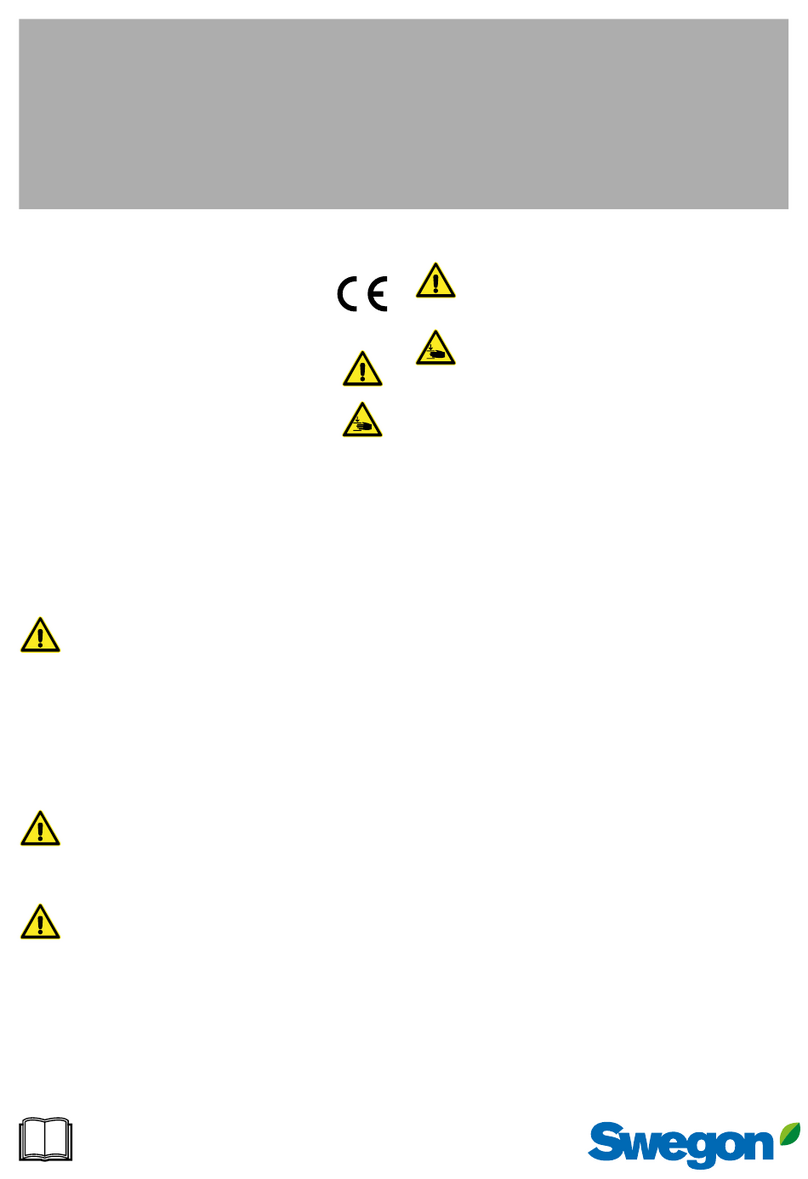
Swegon
Swegon REACT V SKNXa User manual
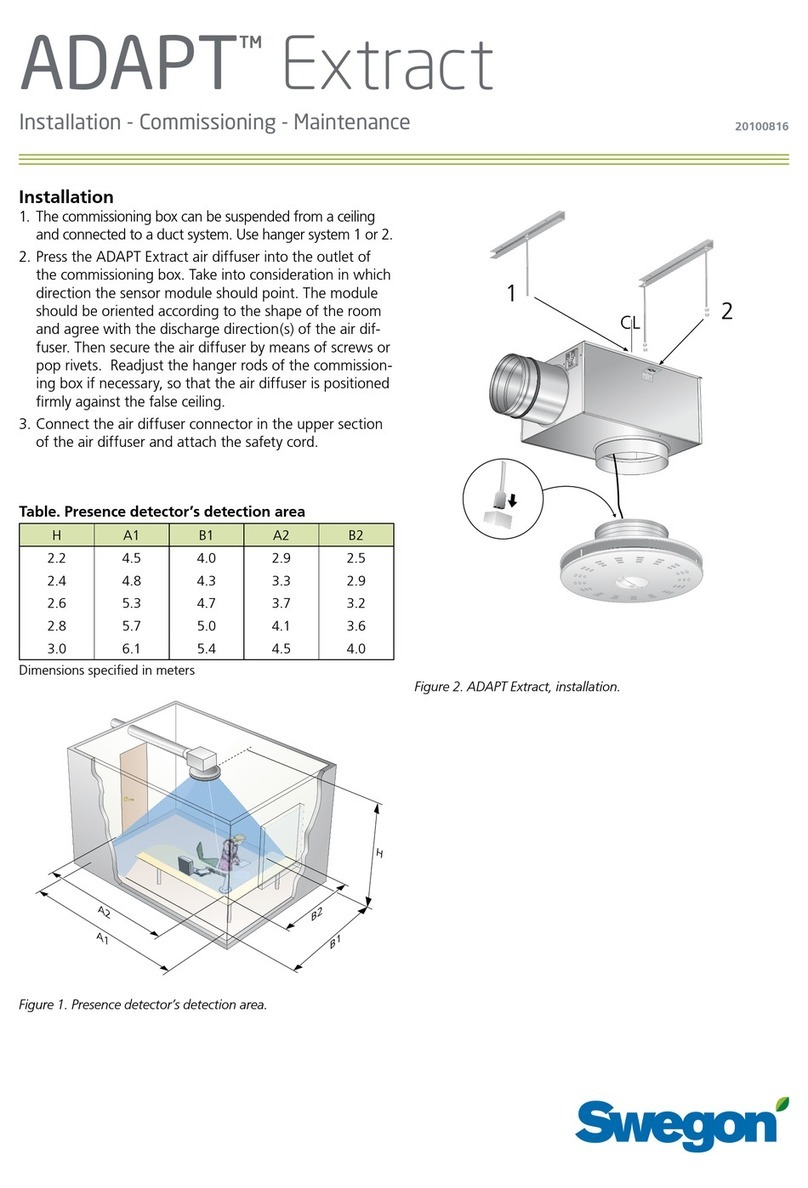
Swegon
Swegon ADAPT Extract Guide
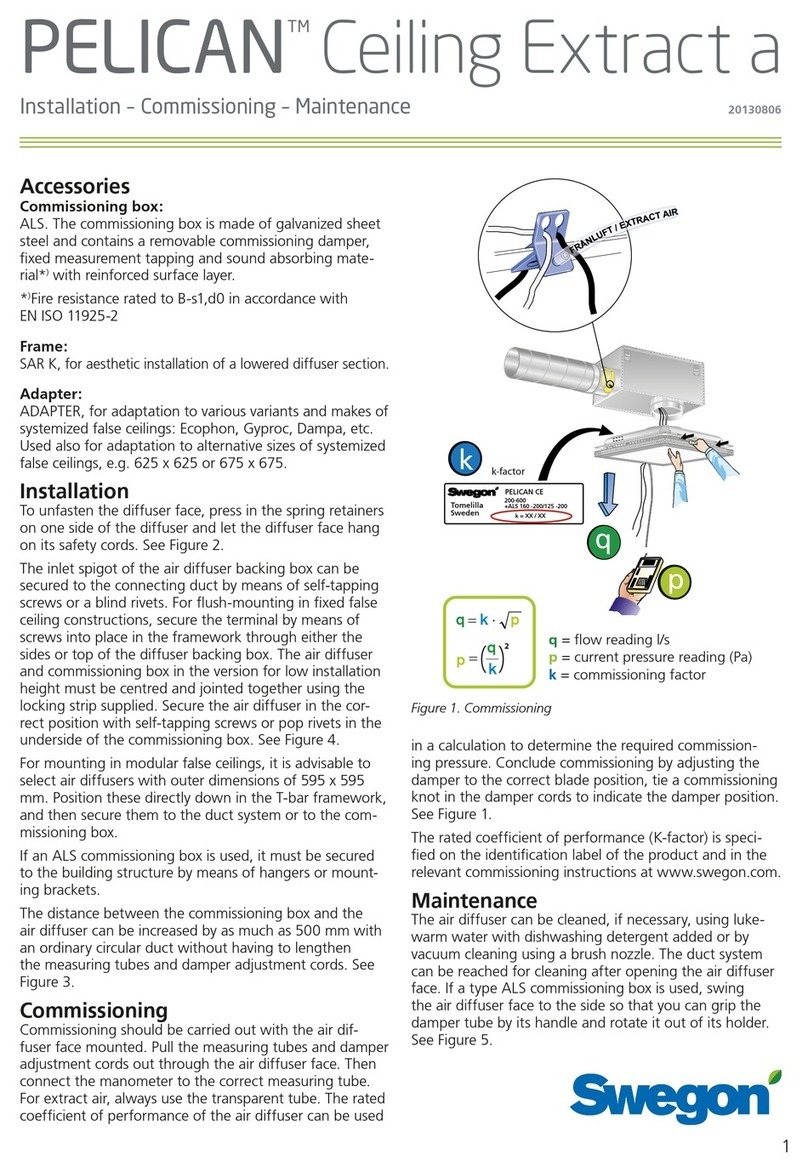
Swegon
Swegon PELICAN Ceiling Extract a Guide
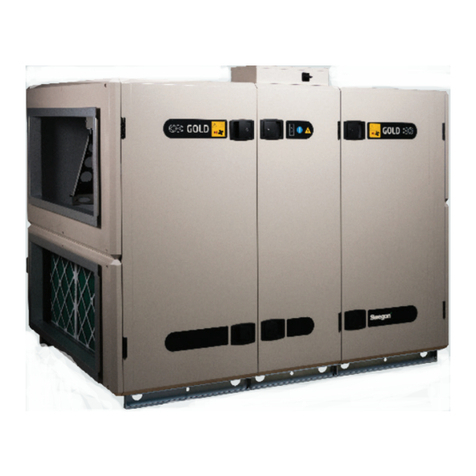
Swegon
Swegon GOLD PX User manual
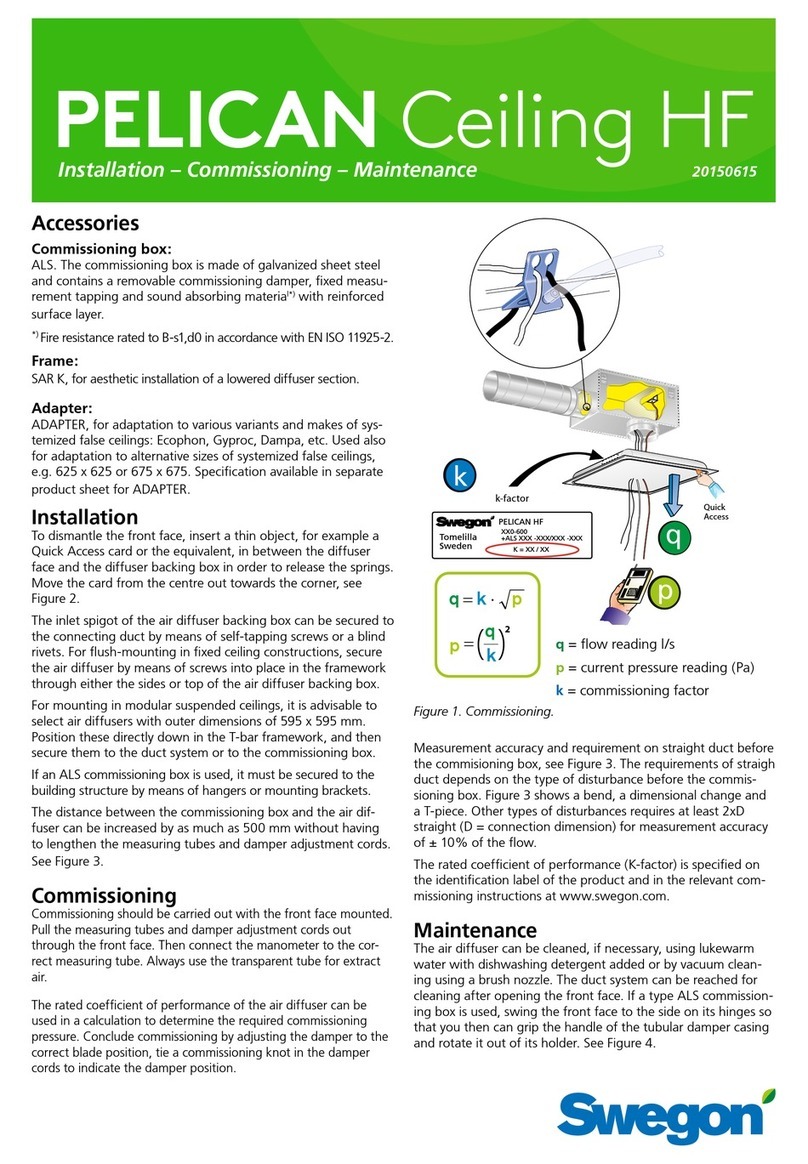
Swegon
Swegon PELICAN Ceiling HF Guide

Swegon
Swegon EAGLE Ceiling Guide
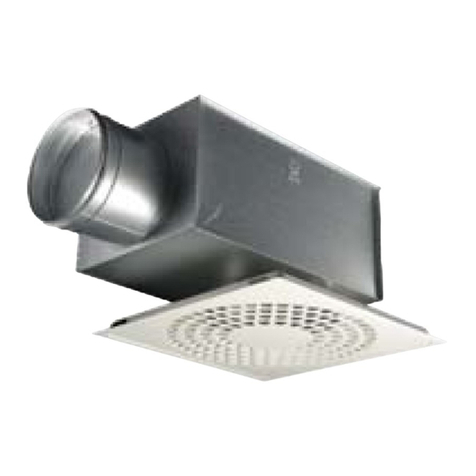
Swegon
Swegon HAWK Ceiling User manual

Swegon
Swegon CASA W3 Smart User manual
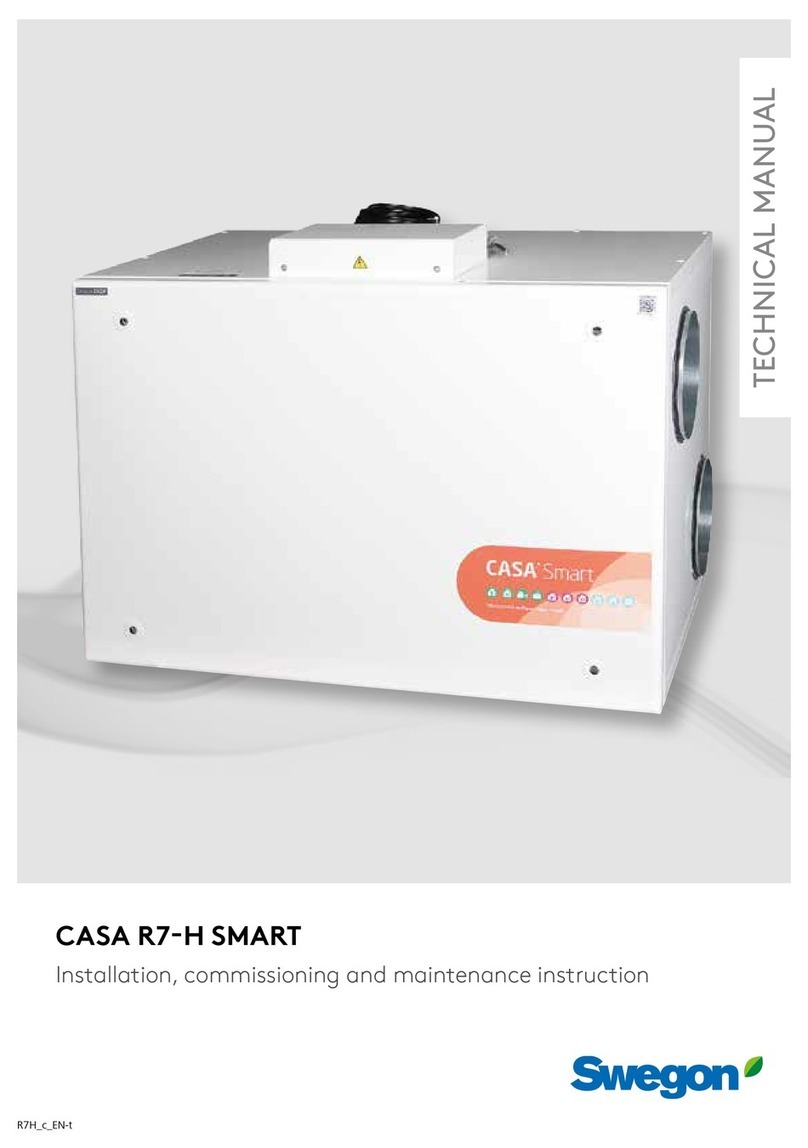
Swegon
Swegon CASA R7H Smart Guide
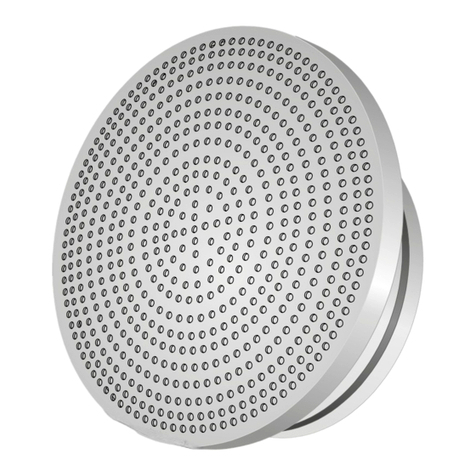
Swegon
Swegon DPGa Guide
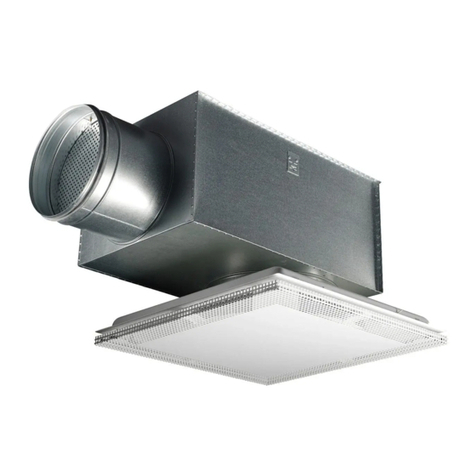
Swegon
Swegon HAWK Ceiling User manual
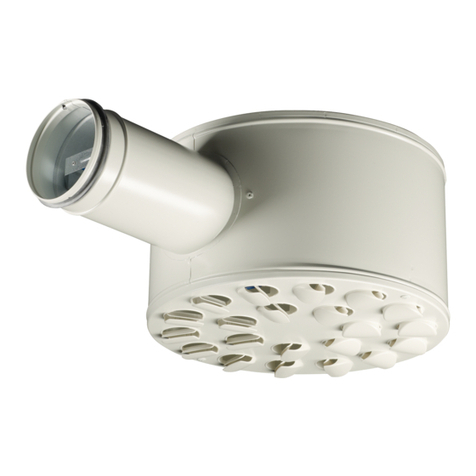
Swegon
Swegon EAGLE Free f Guide
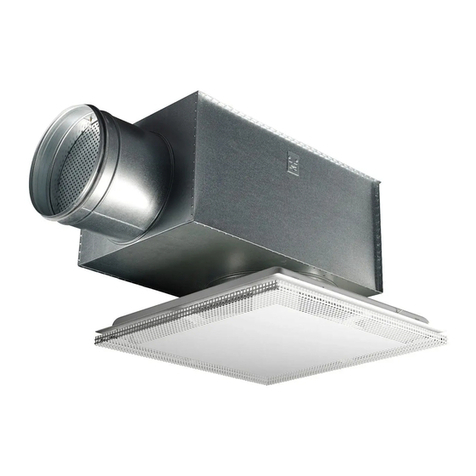
Swegon
Swegon HAWK Ceiling a Guide
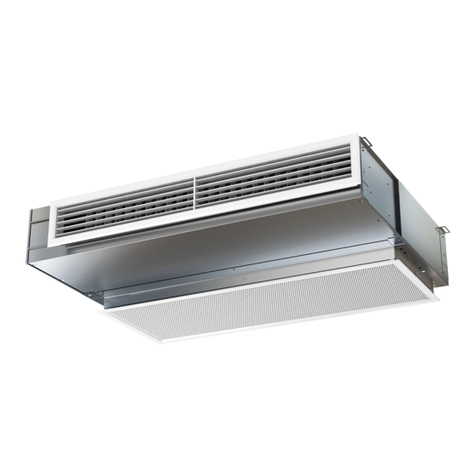
Swegon
Swegon PARAGON Wall c NC User manual
Popular Fan manuals by other brands

Harbor Breeze
Harbor Breeze RLG52NWZ5L manual
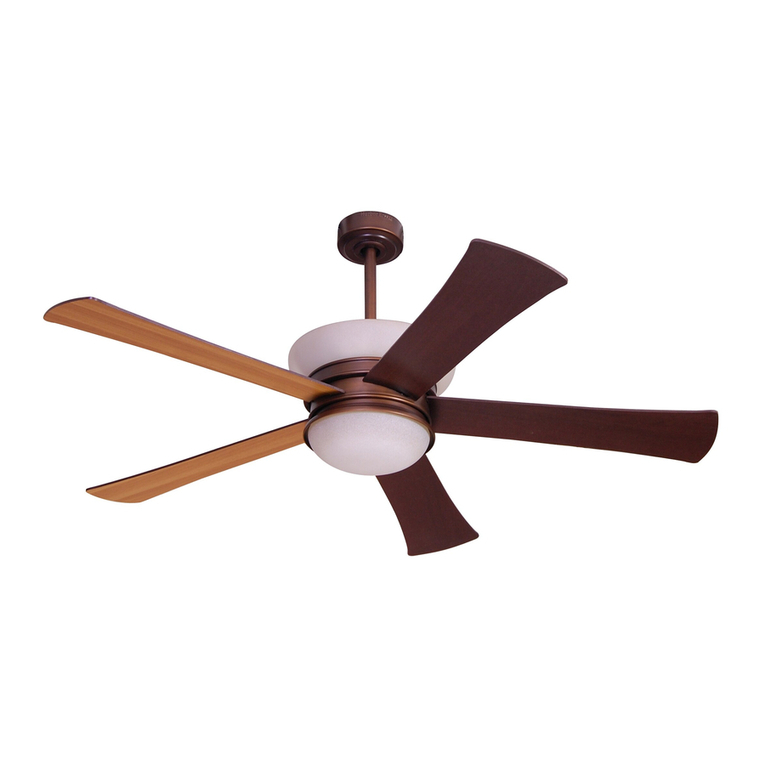
Allen + Roth
Allen + Roth L1405 instruction manual
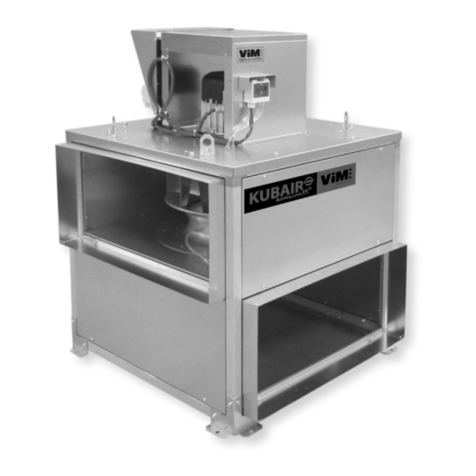
ViM
ViM KUBAIR F400 ECOWATT Technical manual
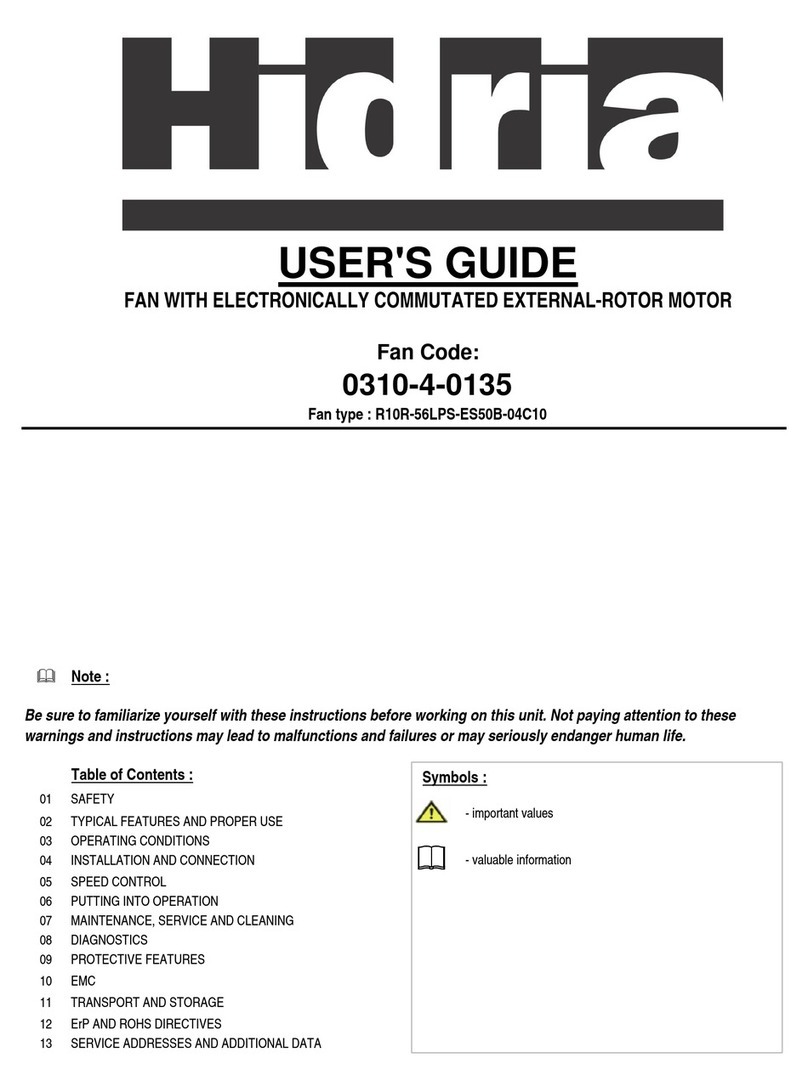
HIDRIA
HIDRIA R10R-56LPS-ES50B-04C10 user guide
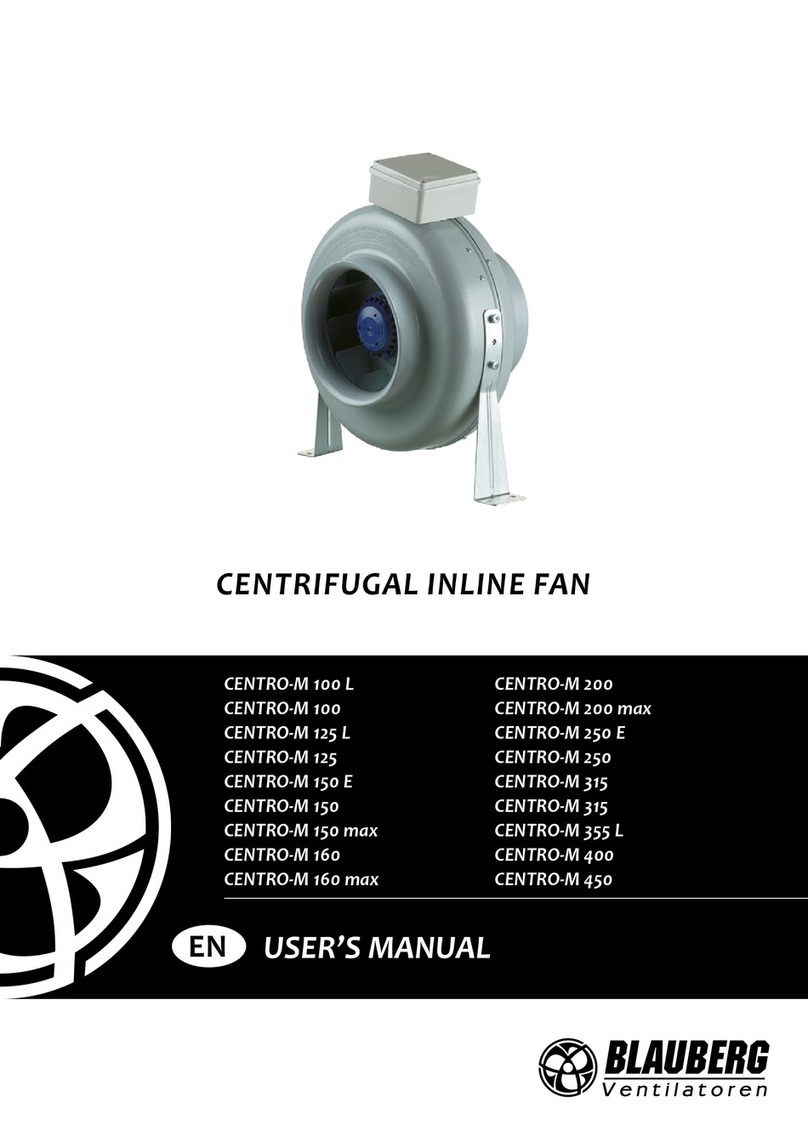
BLAUBERG Ventilatoren
BLAUBERG Ventilatoren CENTRO-M 100 L user manual
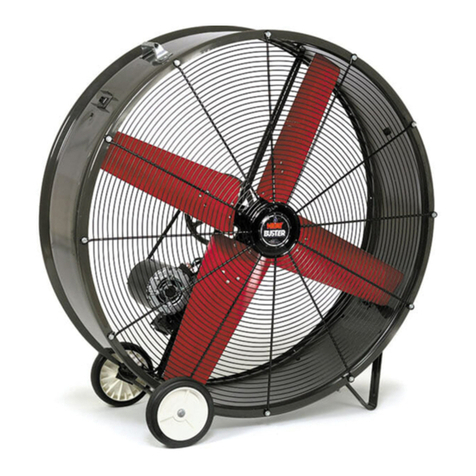
Triangle Engineering
Triangle Engineering HEAT BUSTER SPL Series owner's manual
